Armed with stories and local traditions, small communities are fighting back against their bigger and better-known neighbours in the battle for tourists.
Often overshadowed by larger attractions, they are tapping into a growing interest among visitors in becoming temporary locals to learn more about an area’s people and culture.
The crowds that head to Ben Nevis and Glencoe, or Harry Potter fans lured to Glenfinnan, may overlook places like Ardgour in Ardnamurchan.
The issue has not been helped by problems with the Corran Ferry.
Similar problems for Ardgour and Lapland
But in doing so, they miss hearing about the lavish Christmas and New Year balls once held in the Big House, disappearing children at the Magic Tree or left-handed door handles.
It’s a similar story in Finnish Lapland where the few enjoy nature-based events like fishing, hiking and husky-safaris, while the many head for the Santa Claus village.
However, a new initiative highlighting local attractions and rural heritage is bringing together the two communities to put them more on the tourist map.
Led by the Centre for Recreation and Tourism Research (CRTR) at UHI North, West and Hebrides, the project was awarded a £10,000 grant as part of the Arctic Connections Fund.
CRTR and the University of Lapland have come together to help small rural communities based in under-visited destinations.
They are working with people in Ardgour and the Upper Kemijoki River area in Lapland to create audio trails celebrating local stories and landmarks.
It is planned to launch the Ardgour trail in February on the Geotourist platform for promotion before the Easter holidays.
What happens at the Magic Tree?
It will include tales about the Magic Tree, the local name for a beech tree near Ardgour Primary School.
Pupils have researched the legend and claim it works, with children able to ‘disappear’ for some time to a place of their choosing.
Sandy, 10, says his special place is full of teddy bears, while those for Matthew, 11, has dragons and Evie, 10, has many different cupboards.
How long do you disappear for? “As long as the dark spirits want to keep you” says Sandy.
And what’s it like being in a place full of cupboards? “It makes me feel cupboardish”, says Evie, not unreasonably.
There are also stories about Christmas parties thrown by Catriona Louisa Maclean, the 17th laird of Ardgour, who died in 1988.
The entire school roll of up to 30 children, would attend the events at Ardgour House with each given a present.
“It was a tradition right up until the 1980s. It was quite magical for children to walk into the ‘Big House’ with a huge Christmas tree lit, not by electric lights, but with candles” says local resident Ann Turnbull.
“There was also a ball at New Year, with a grand march which was very formal with the ladies all in long dresses.
“What I remember vividly was the venison soup and the best venison sandwiches.”
Recalling stories for locals and visitors
Anne added: “A lot of this local information was nearly lost.
“We feel we should pass it on to the next generation, or people coming here to feel part of the community too.”
The left-handed door knobs are not just a nice local story, but handy information for visitors.
Around 100 years ago, many doors on buildings, including Ardgour Church, were fitted by a left-handed joiner.
It means they are easier to open with your left hand and can seem awkward for right- handers.
Elizabeth Carmichael, another resident researching the history, said: “I’m really keen to get the audio trail up and running.
“The walks around this area are terrific and there are so many different events and stories that are part of the walks.
“Some of these have been forgotten and we are keen to remind people this is the way it used to be.
She added: “The stories enhance the walks.
“There are lots of beautiful areas in Scotland to walk. But each one is different because of the stories that surround them.”
‘It’s real history’
Also featured on the trail are tales of Jacobites, crofting and the origins of Gaelic place names.
Kendra Turnbull, project officer at CRTR, and an Ardgour resident, said: “Ardgour is sandwiched between Glencoe, Ben Nevis, the Glenfinnan viaduct and the Ardnamurchan peninsula.
“These more famous attractions often mean Ardgour is seen as a through-route, yet it is rich in its own natural and cultural heritage.”
She said it’s been fascinating hearing the stories.
“What I like are the personal touches people have added. Its history, but its real history.
“It’s reminded people about some of these stories too, so it’s connected them back to the area.
“Visitors are also slowing down their travel and when you immerse people in heritage it makes it more authentic and connected.”
Dr Katie Murray, also a project officer at CRTR, says the personal touch gives the trail its unique aspect.
“That’s where the magic is. It’s not something you can read in a book or an archive resource.
“We can help engender the feeling for visitors that they are temporarily local.
Tourists interested only in Santa village
“You know from your travels elsewhere that the best stories you bring back are from people you meet and the random conversations you have.
“These give a little insight into the place beyond the usual travel guide.”
Once both trails are operating, the Ardgour and Lapland projects will be compared to share successes.
Monika Lüthje, senior lecturer in tourism research at the University of Lapland, said nature and heritage-based activities in the Upper Kemijoki River area are not advertised by the local destination management organisation.
“Tourism centres here very much on the Santa Claus village, especially now when it is the high season for Christmas tourism.
“Many tourists don’t even visit the town centre, they are interested only in the Santa Claus village and the activities offered there.
“For local people this is difficult to understand: aren’t the tourists interested in the local life and culture?
“I see the audio trail as an opportunity to attract tourists to visit places outside Santa Claus village.
“I think it is important to offer tourists alternatives and promote the whole area.”
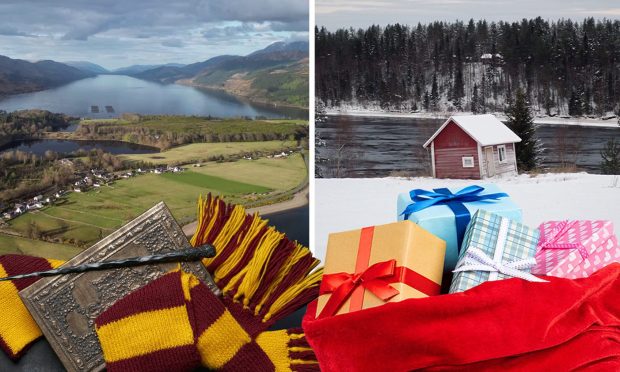
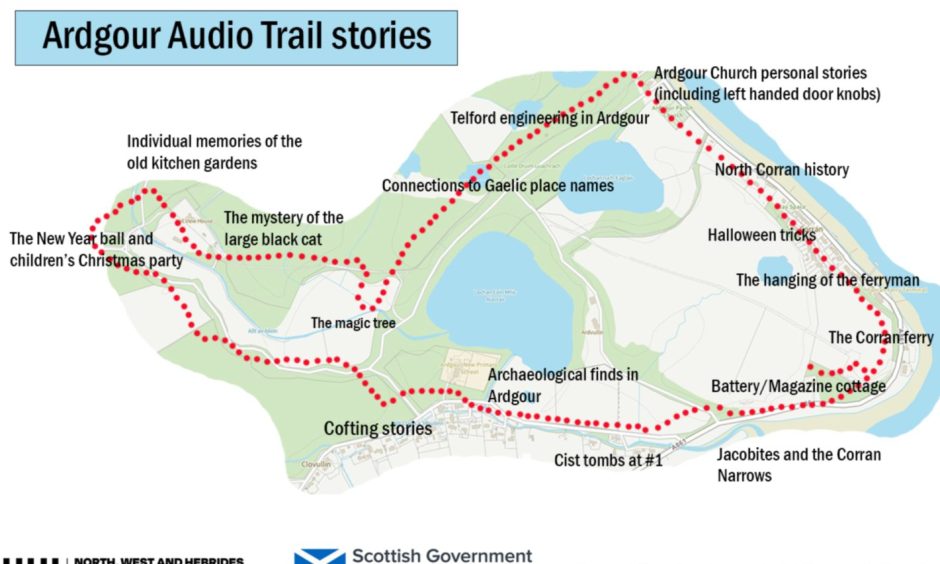
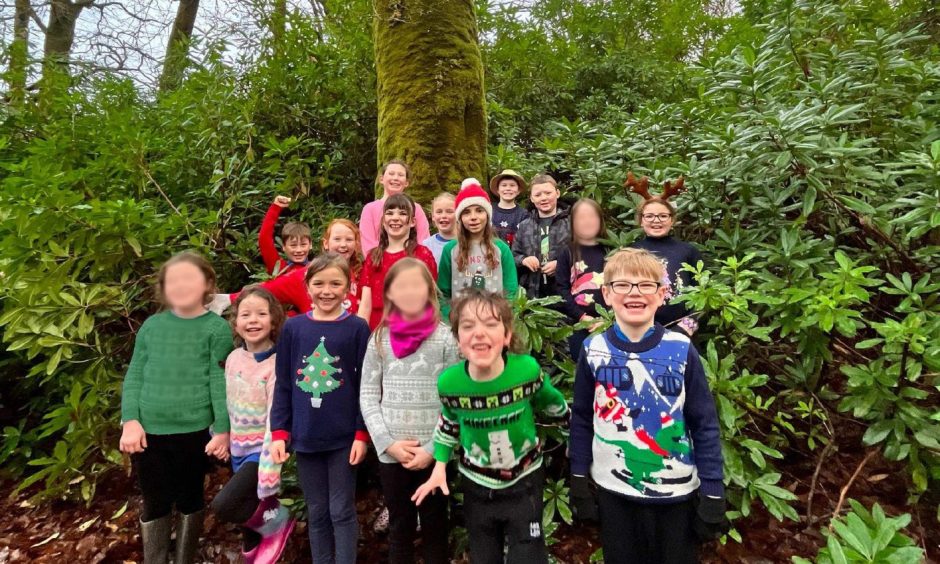
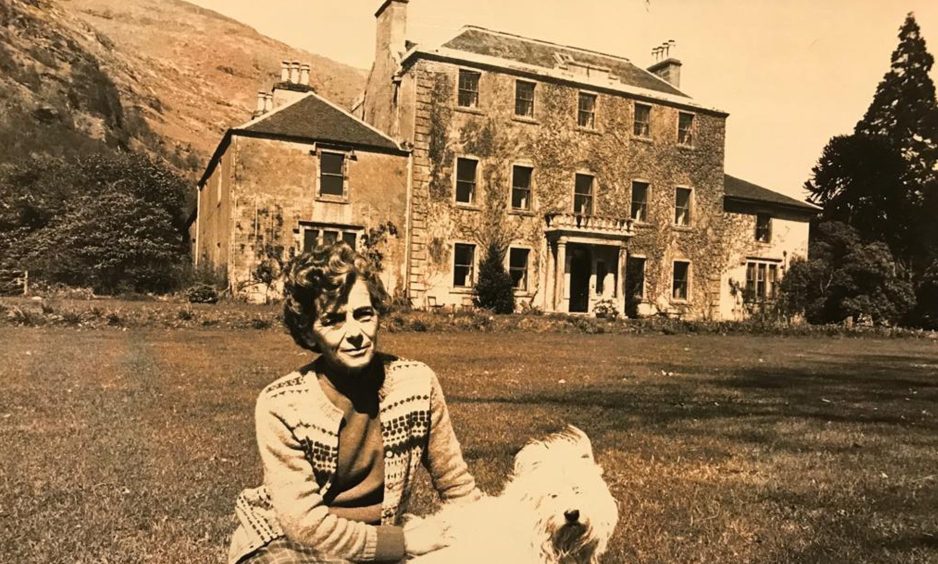
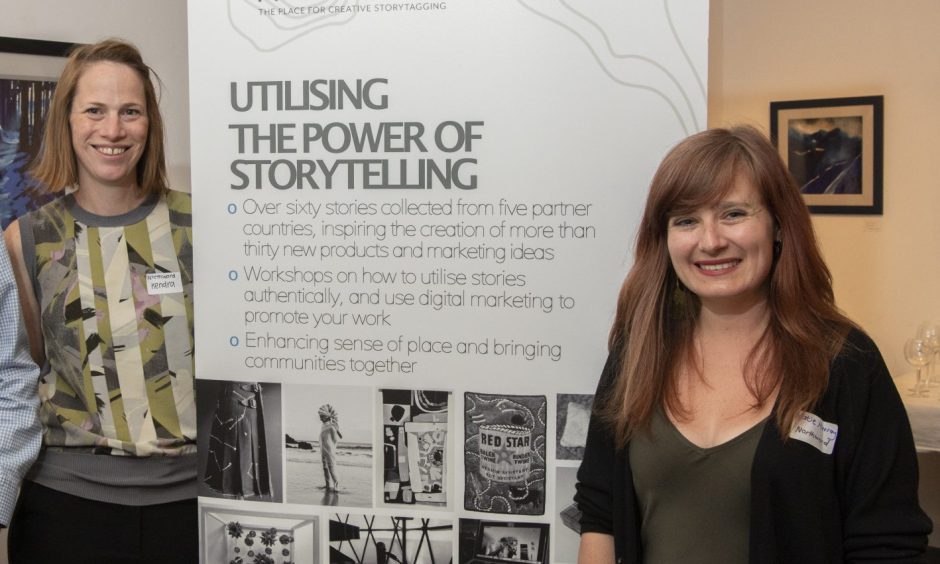
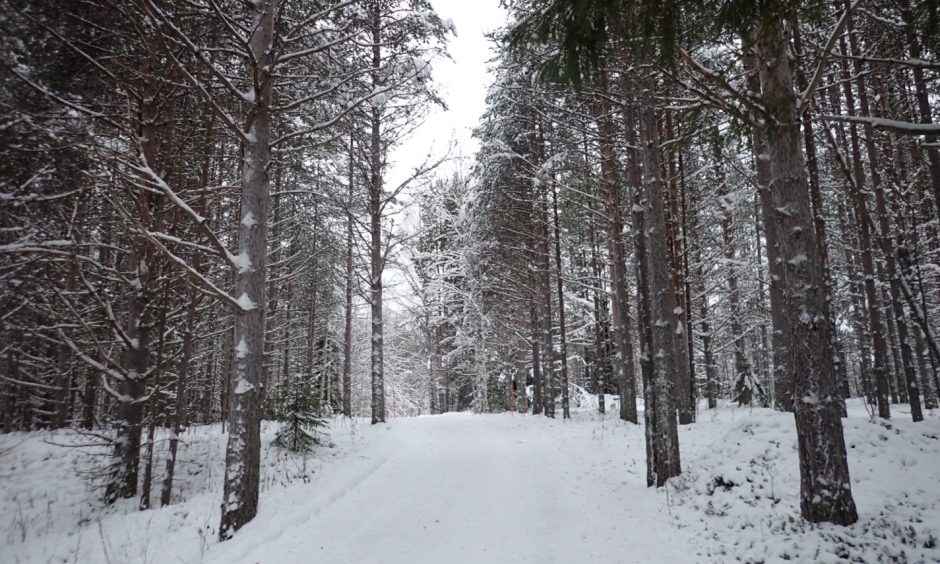
Conversation